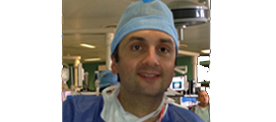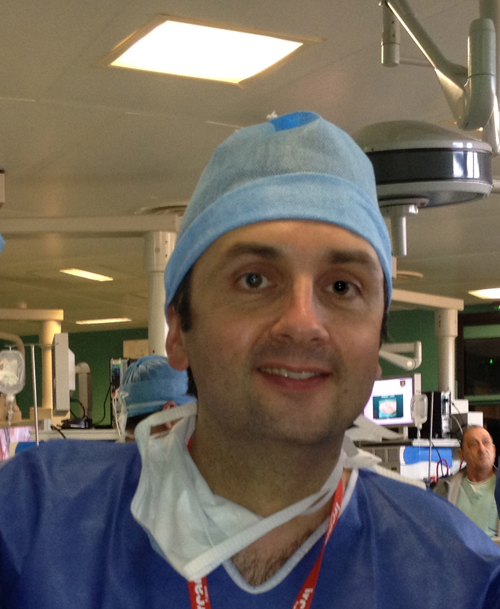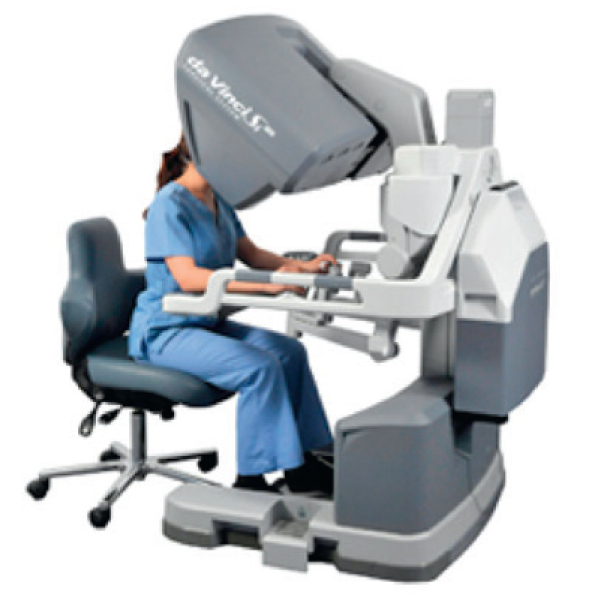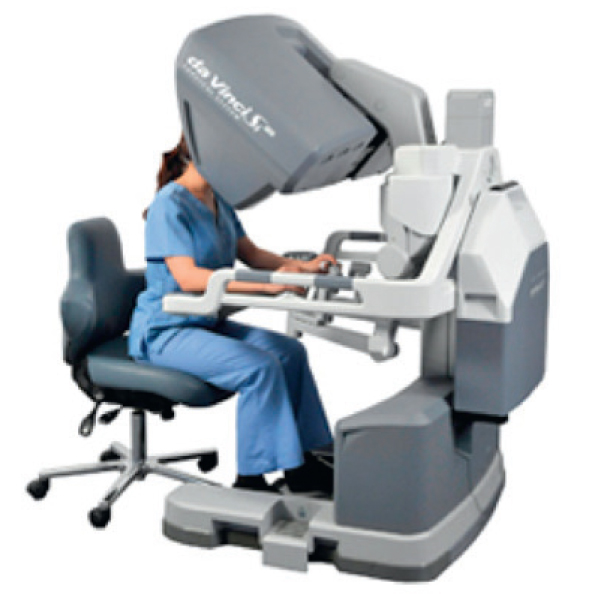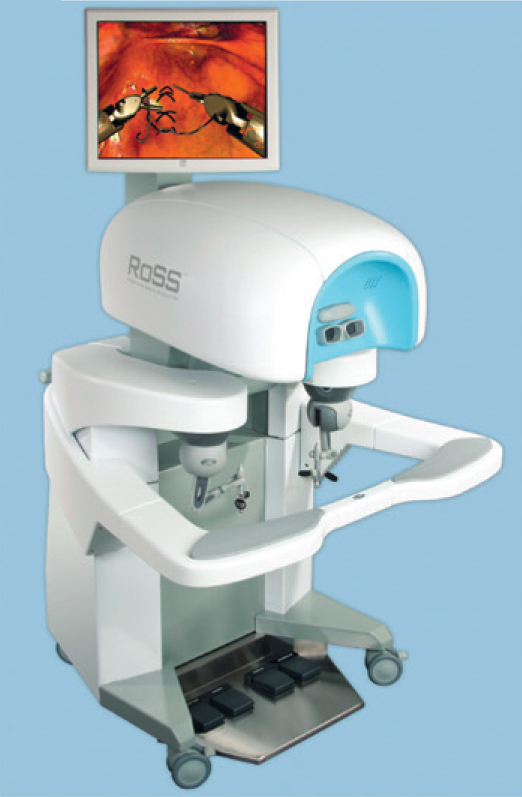Editorial: The need to devise a better means of training
There is increasing concern that current UK trainees at the end of their training are less experienced than their previous counterparts and continue to require more education, skills and support when they assume their consultant posts in the form of mentoring.
It is generally accepted that the numbers of hours required to become an ‘expert’ is 10 000–30 000 and currently in the UK our trainees experience =6000 h of training. Much of this is due to the impact of the European Working Time Directive (EWTD) and the government ‘New Deal’ initiative on junior doctors contracts introduced in 2003. The UK conundrum shared with many other healthcare systems is how to provide effective training within the demands of service commitment and the EWTD. Skills training has therefore been seen as the mechanism to resolve the situation, encompassing the acquisition of both technical and non-technical skills. The challenge therefore is to devise innovative ways of training within the limit of fewer hours and training, not service, must become the priority for trainees and for those surgeons, departments and hospitals that train them.
Contemporary urology training is moving out of clinical practice and simulation is increasingly used to provide a safe and supportive learning environment for learning and maintaining skills. However, this needs the following criteria:
• An agreed curriculum
• Agreed set of standards
• A validated form of assessment
• The availability of local and national skills centres
• Educators and trainers
The problem is that traditionally the UK has few training centres, together with a lack of trained manpower and funding. However, controversy still remains over the efficacy of simulation for training and those who are able to fund such projects comment on the paucity of available data in relation to the predictability of future outcomes and patient safety.
Projects such as the Simulation and Technology enhanced Learning Initiative (STeLI) initiative documented in this paper are important contributors to the evidence base. The programme aims to establish the feasibility and acceptability of a centralised, simulation-based system incorporating both skills and non-technical skills aspects of training. The latter involving crisis resource management using the SimMan model to teach team-working, decision-making, and communication skills in various settings between senior and junior trainees. Not surprisingly senior trainees scored significantly better on virtual reality simulators, bench-top box trainers and the European wet-lab training facility, as well as in human patient simulation training in crisis resource management (CRM) using SimMan, than junior trainees. The interesting point raised in this paper is that the trainees’ behaviour shows the value of inclusion of the CRM training and the interplay between technical and non-technical skills. Non-technical skills have often been sidelined in courses focusing on technical skills acquisition and this paper highlights the importance and added-value of incorporating such a skill set into future course content and curricula.
Thus, there is no doubt that some surgical skills can be learned in the laboratory and although this will never be a substitute for operative experience, the first steps of training can be accelerated with potential reduction of risk to patients. Increasingly data from sources such as the STeLI project underline a better appreciation of the importance of the training in non-technical skills, which equip surgeons in working under stress and more importantly working as a team player. However, the ultimate test for simulation is whether the model and content is able to reduce surgical errors, improve patient safety and reduce operative time and costs. To try and answer these questions BAUS in conjunction with the Specialist Advisory Committee (SAC) in Urology have recognised that the technology is there but there is a need to identify trainers keen to train, with the nomination of a national lead for simulation to develop a national strategy to deliver a viable programme aligned to the curriculum to try and answer the important question: ‘Does simulation enhance real-life performance of a surgical technique?’.
Adrian D. Joyce
St James’ University Hospital, Leeds LS9 7TF, UK


